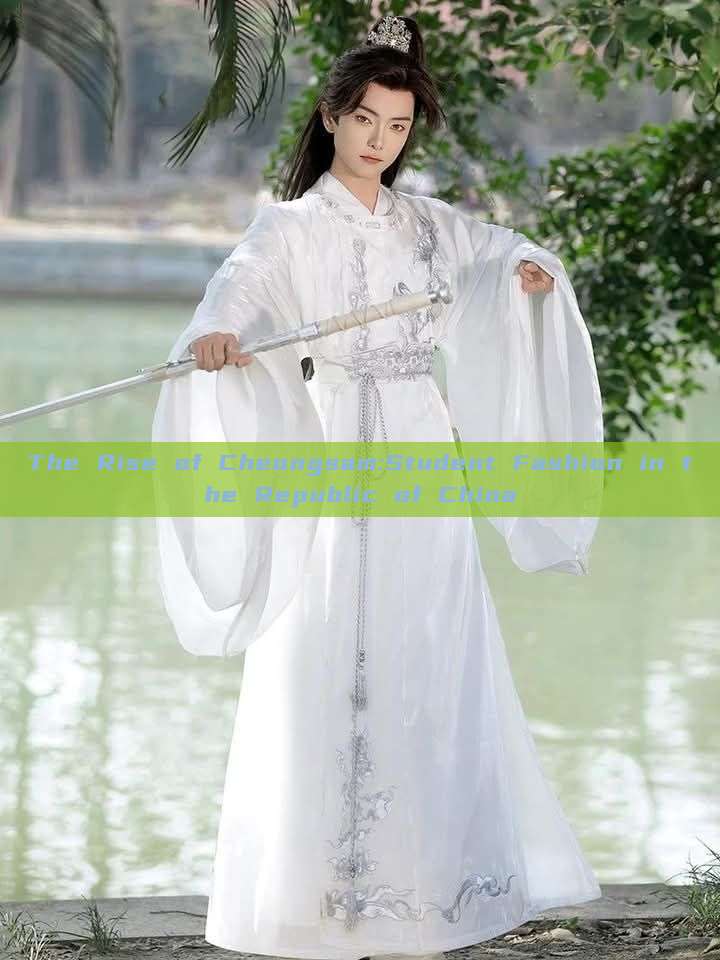The Rise of Cheongsam:Student Fashion in the Republic of China
In the late 19th and early 20th centuries, China underwent a significant transformation as it transitioned from imperial rule to the Republic of China. This era marked a period of cultural and societal evolution, including in the realm of fashion. One particular aspect that gained significant attention was the student attire, particularly the cheongsam, which emerged as a popular student fashion during this period.

The cheongsam, originally a traditional Chinese women's garment, underwent changes to adapt to the modern student lifestyle during the Republic of China. Its design and cut were refined to cater to the needs of students, who were at the forefront of cultural and social change. The cheongsam became a symbol of modernization and female education, as more women entered schools and colleges in pursuit of knowledge and equality.
The popularity of the cheongsam among students was not just a fashion trend but also a political statement. As students rallied for democratic reforms and social justice, they adopted the cheongsam as a means of expressing their identity and political aspirations. The cheongsam's traditional yet modern appeal allowed students to strike a balance between preserving their cultural heritage and embracing modern values.
The design of the student cheongsam was often tailored to suit the active lifestyle of students. The length and cut of the garment were adjusted to allow for greater movement and flexibility. The use of modern materials such as cotton and silk-blend fabrics made the cheongsam more comfortable and practical for daily wear. The color palette also underwent changes, with students opting for brighter and more vibrant hues that reflected their youthful energy and enthusiasm.
The rise of the cheongsam as a student fashion trend was not without its challenges. Traditionalists criticized its modernization, arguing that it was a betrayal of traditional values. However, students saw it as a means of blending their cultural heritage with modern aspirations, allowing them to express their individuality and political beliefs.
The cheongsam's popularity among students also sparked debates about gender roles and women's education. As more women entered higher education institutions, they adopted the cheongsam as a symbol of their pursuit of equality and opportunities. The cheongsam allowed women students to strike a balance between traditional gender roles and their modern aspirations, demonstrating their commitment to education and social change.
The cheongsam's influence extended beyond the academic sphere, influencing fashion trends among the general populace. Its popularity was further boosted by the media, with newspapers, magazines, and photographs showcasing student cheongsam fashion trends across the country. This influence helped spread the cheongsam's popularity across different social classes and regions, making it a widely adopted fashion trend in China.
In conclusion, the rise of the cheongsam as a student fashion trend in the Republic of China was not just about fashion but also about identity, politics, gender roles, and education. It reflected the complex interplay between traditional values and modern aspirations that characterized this era. The cheongsam allowed students to express their political beliefs, blend their cultural heritage with modern values, and pursue education and opportunities without compromise. Its influence extended beyond the academic sphere, influencing fashion trends among the general populace and marking a significant milestone in Chinese fashion history.

 Previous Post
Previous Post


